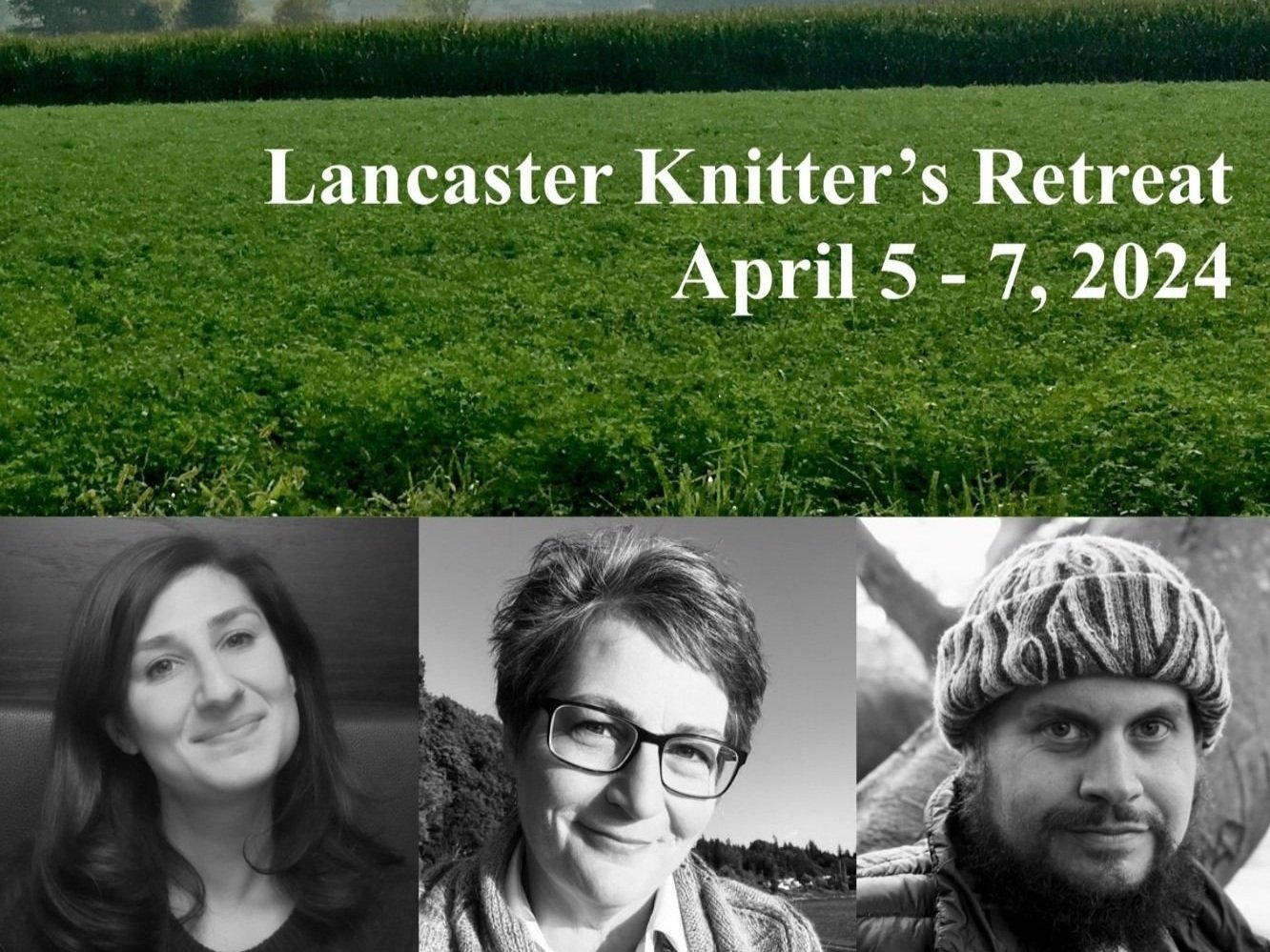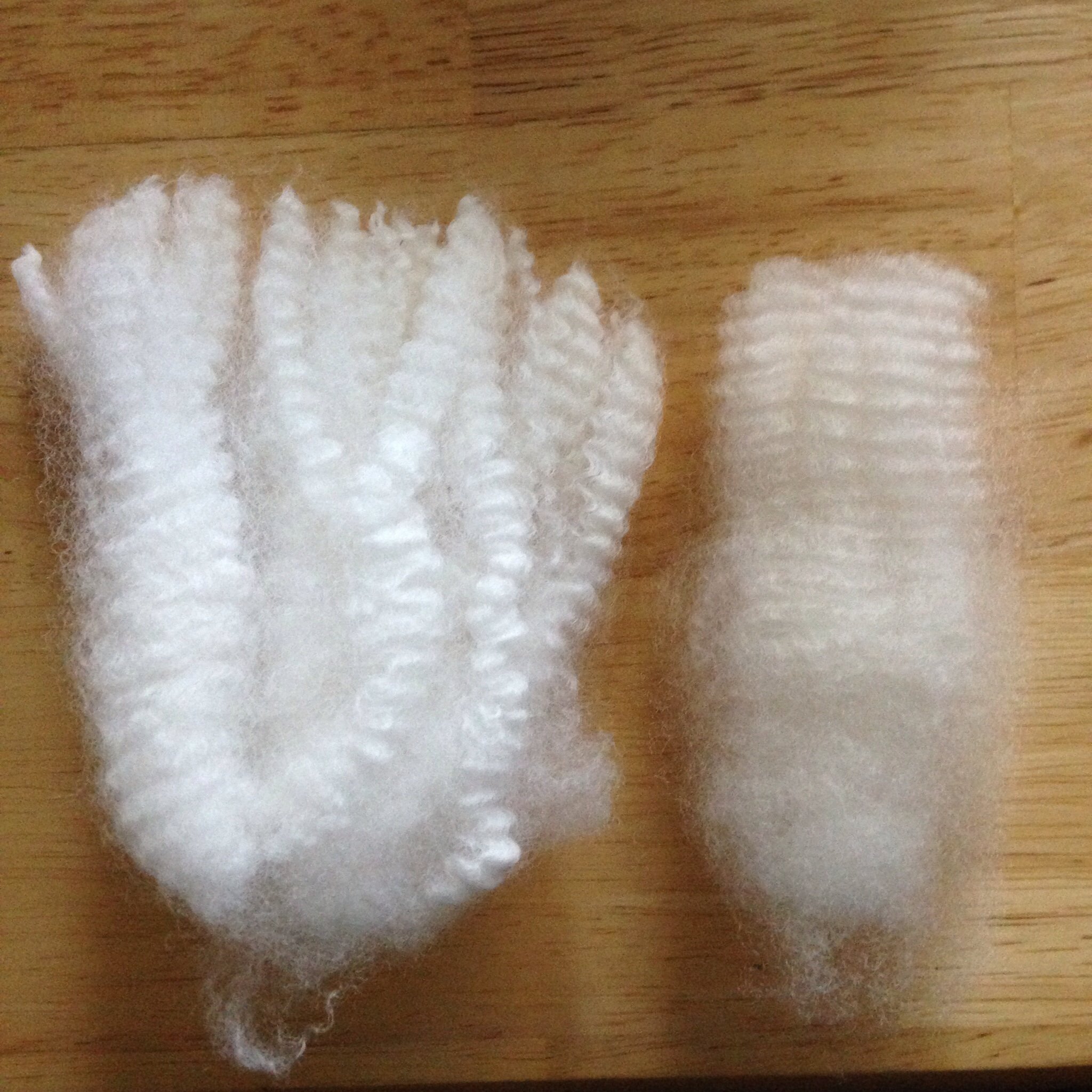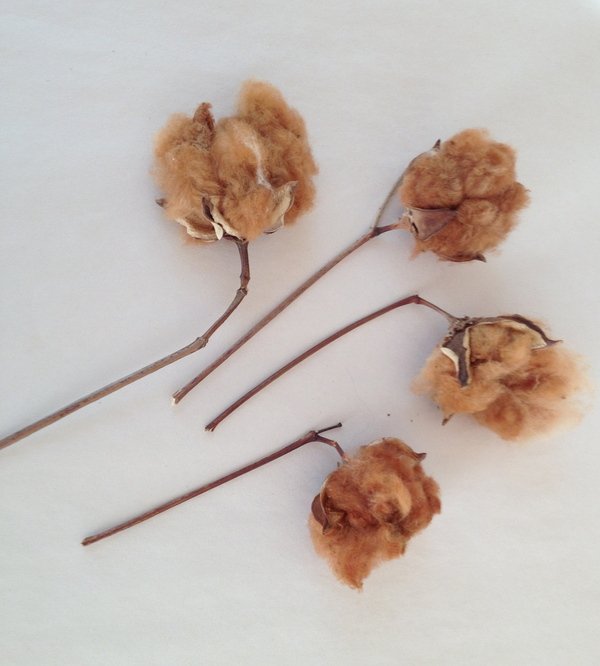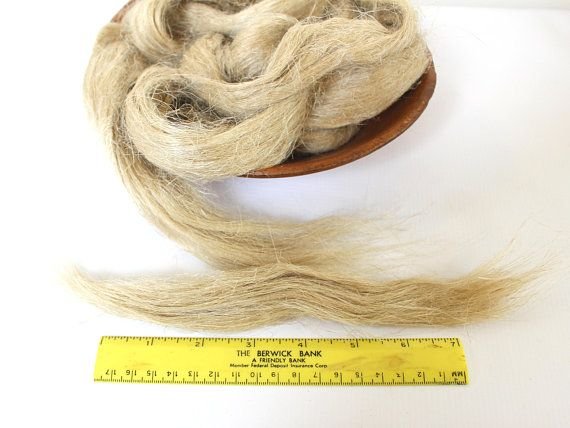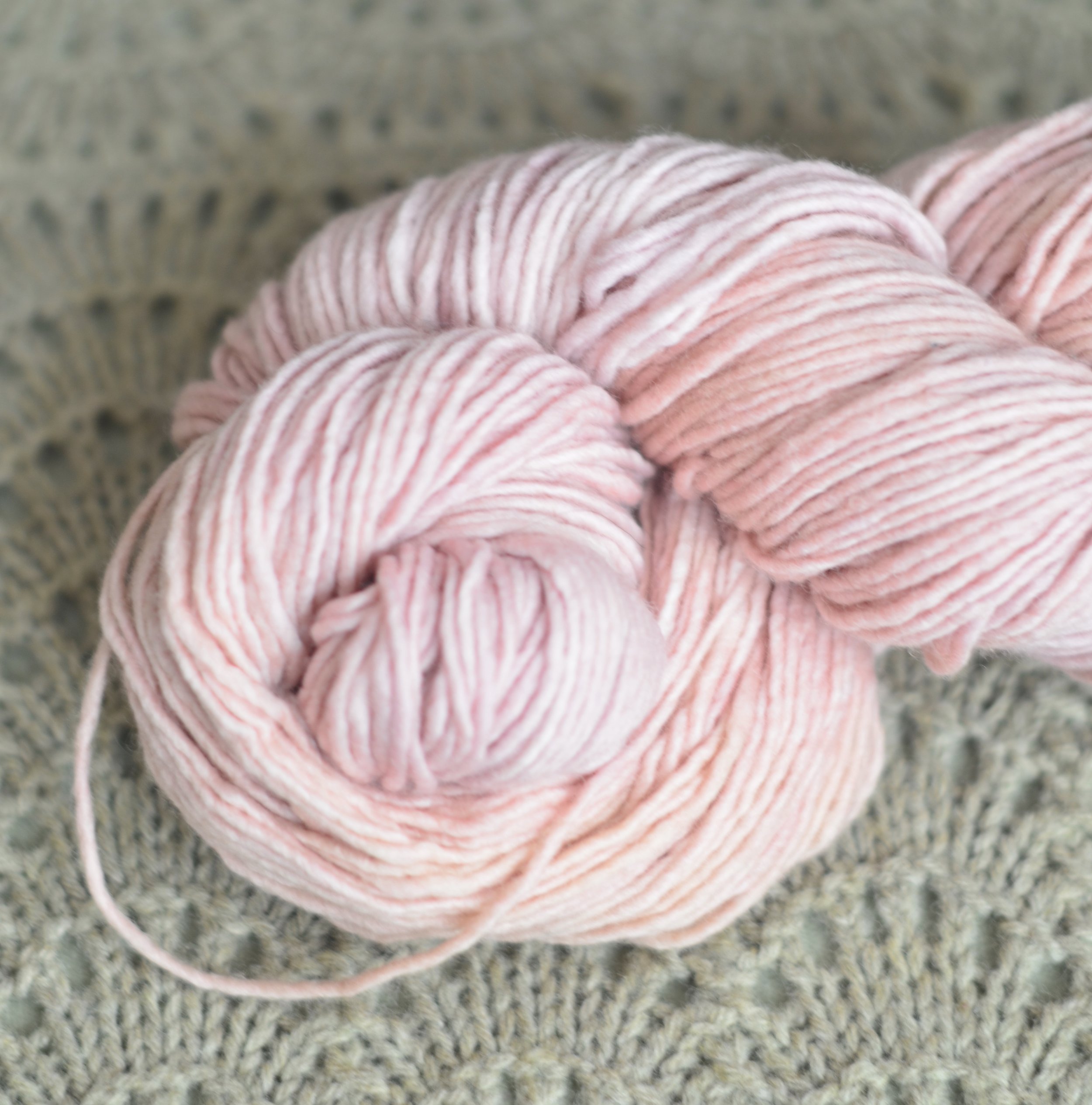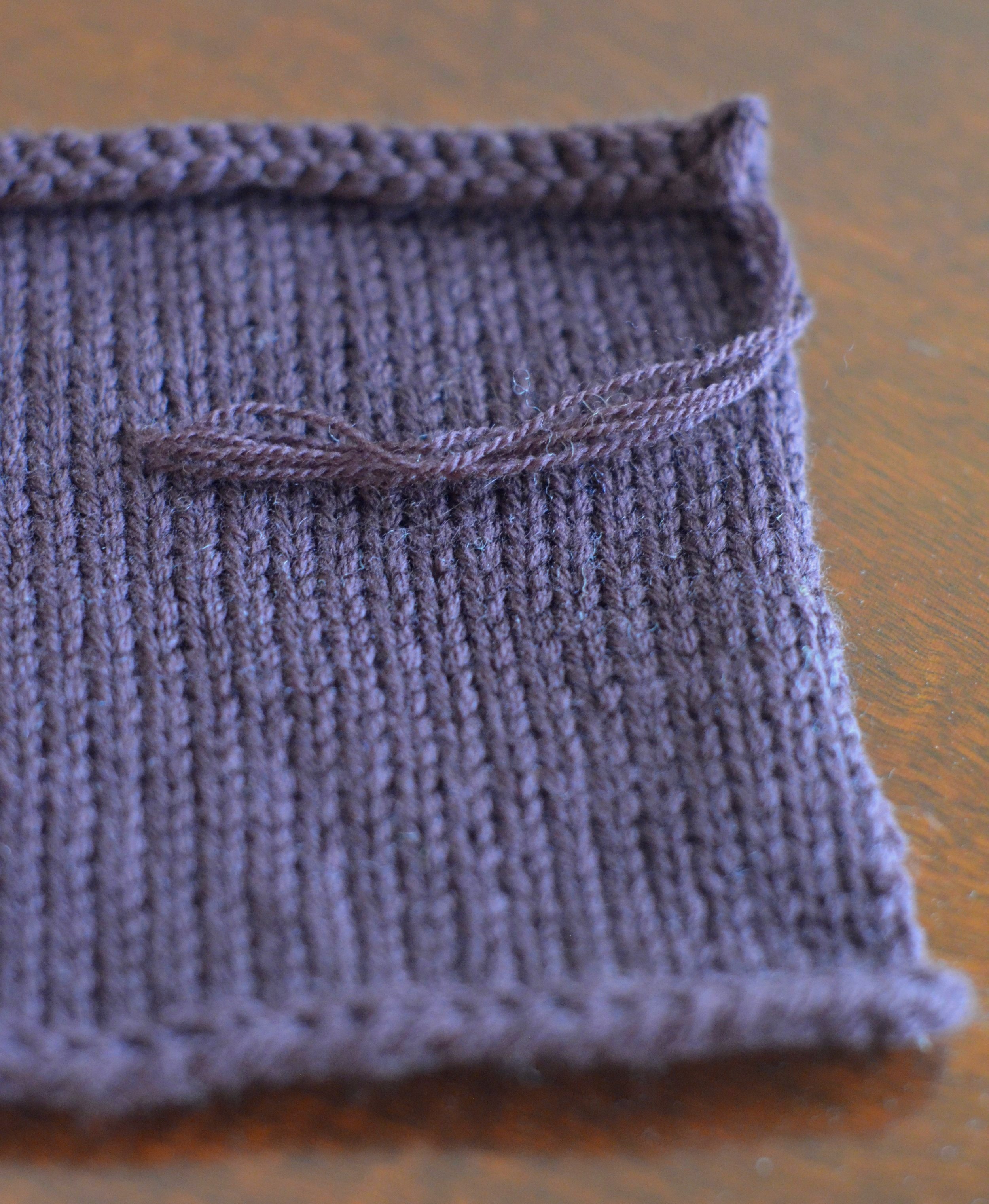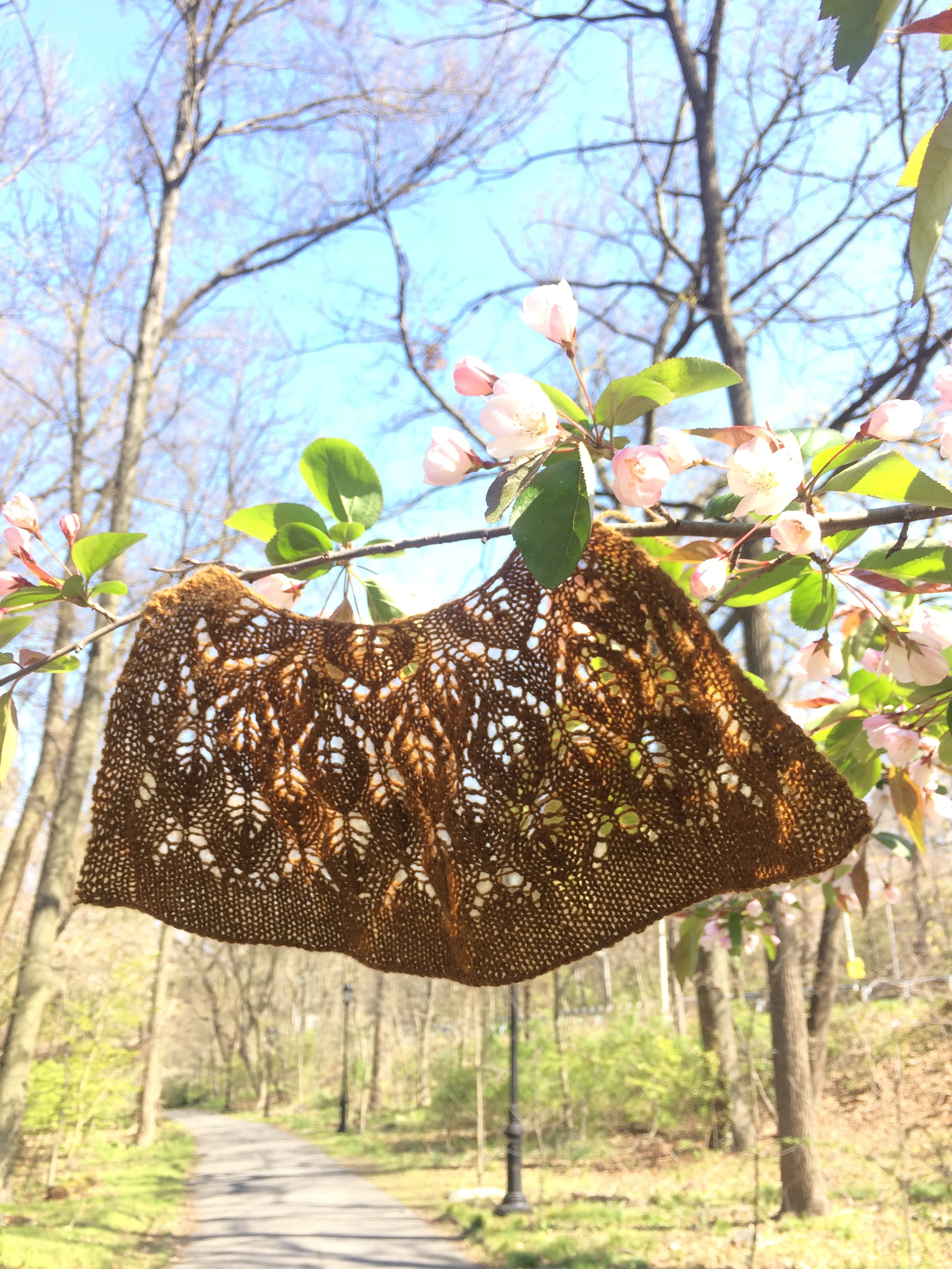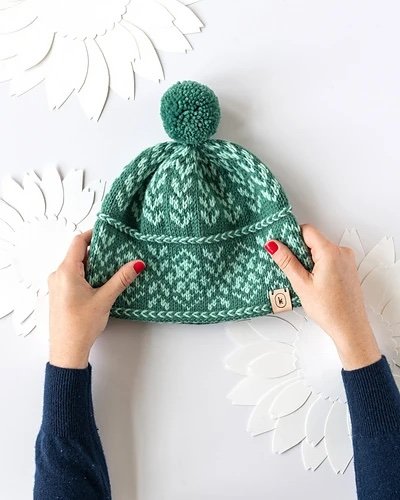NEW PATTERN: CLEAR CREEK CARDIGAN
Greetings to you all. My latest pattern is an oldie but a goodie. Originally published in Interweave Knits I have finally updated and self-published the Clear Creek Cardigan. This sample is now 7 years old and remains one of my most-worn pieces. I consider this an excellent testimony to the beauty and durability of the yarn I made it with, Berroco Ultra Alpaca. This is one of the first yarns I ever knit with and it remains a favorite to this day. Made of 50% Super Fine Alpaca, 50% Peruvian Highland Wool, it is the embodiment of a blended yarn giving you the best of both worlds. Stability, loft and stitch definition from the wool; drape, sheen, halo and warmth from the alpaca. And the palette is as glorious a rainbow of heathers as any I’ve ever seen. This yarn is affordable, available and enduring, and although there are already many wonderful patterns made from it, I had to make my own contribution to sing its praises. As a designer, it’s always a good thing when the yarn itself sets the bar to judge your work by, and spurs you on to make something worthy. NYC knitters: both Knitty City and Annie & Co stock this yarn in loads of color.
This cardigan was born from a page of related cables in Norah Gaughan’s Cable Knitting Sourcebook; I always feel that cables have to have some sort of rationale for being placed together and the knot motifs used here are born from one another, which checks that box for me.
Sample shown in color Steel Cut Oats, all other samples in the same color unless otherwise noted.
And then I usually like to pair more complex cables with what I call “companion cables”, simple repetitive cables that give your brain a rest and also help keep track of rows with their regular progression. The columns of garter stitch have a similar role in helping you keep track of how many rows you have worked. The consequence is that this seemingly complex piece moves more quickly than you might think as all of these little things give you a firm foundation to build on with each repeat.
It features generous inset pockets that seam smoothly into a lovely little frame of stockinette columns on the back body…
Sample shown in color Barley







